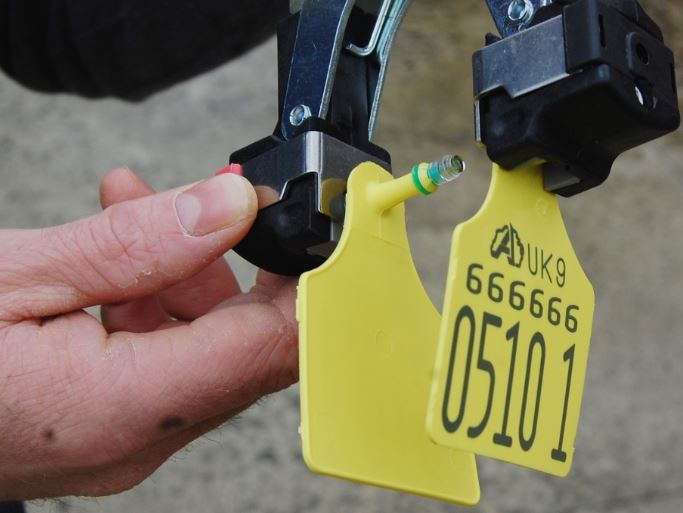The new BVD eradication scheme in Northern Ireland is on track to meet its target in full, according to the Livestock and Meat Commission’s Colin Smith.
The LMC’s Chief Executive said there is already strong evidence to confirm that the new scheme is working well.
“But these are still early days.
“The fact that the programme here in Northern Ireland fully complements the scheme that has been operating in the Republic for the past three years means that the eradication of the disease on an All-island basis is a very achievable target,” he said.
However, Smith said that he would not like to predict the actual time scale within which this will be achieved, but he suggested that if would be a relatively short number of years.
The incidence of BVD has already dropped in the Republic of Ireland by almost 80%.
“The pay pack for livestock farmers will be considerable in terms of the production-related benefits that are generated,” he said.
Smith also spoke about the legislation introduced in March 2016, which prevents the movement of any animal born after March 1 that hasn’t tested negative for the BVD virus.
“PI calves represent the most important source of the BVD virus to other animals in the herd and in neighbouring herds.
In the majority of cases these animals will die before reaching productive age.
“As a consequence, veterinary advice recommends that all PIs should be humanely put down as soon as they are identified. Feeding them on is a false economy,” he said.
Smith also sees Johne’s Disease as the next animal health challenge, which the livestock sectors must address.
“A voluntary control programme has already been initiated by Animal Health and Welfare NI.
“The eradication of Johne’s may not be as clear cut and straightforward as should be the case with BVD.
“For one thing the testing procedures are not as accurate, when compared with the diagnostic options available for other diseases.
“However this should not deter the dairy and beef sectors from committing to control a disease that has a significant production-related impact across both sectors,” he said.
